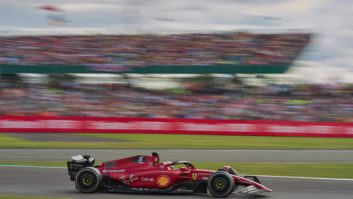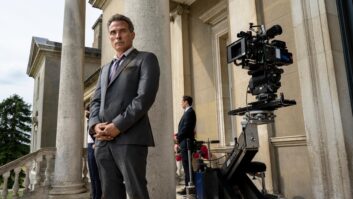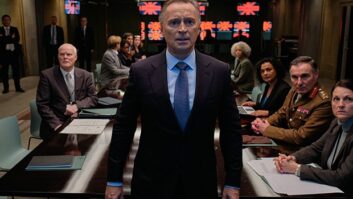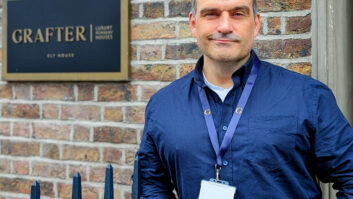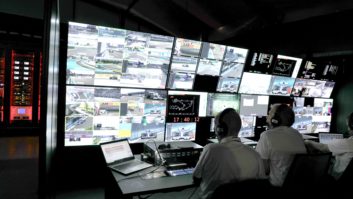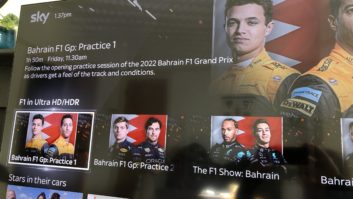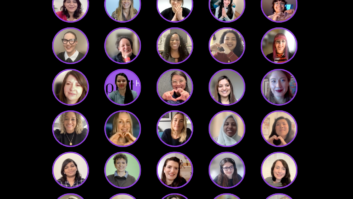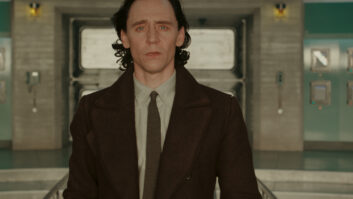Sky One’s latest comedy drama, Brassic, follows a group of working class friends finding unconventional ways to win at life in northern suburbia. Filmed in the North West of England, the series was delivered in HDR and SDR, with a bold, stylised aesthetic, as far away as possible from a stereotypical grim and grey urban look.
The series’ VFX requirements, from major set pieces through to repairs and fixes were delivered by Tanvir Hanif at Digital Imaging fx using Fusion Studio.
“As with many of our projects, we worked with the production team from the outset, to advise on the most time- and cost-effective workflow to achieve the effects required,” he begins. “But even with the most careful of planning with the script writing team and crew, once shooting is complete, there can still be a lot of work for the VFX in terms of shot repair or changes in compliance.”
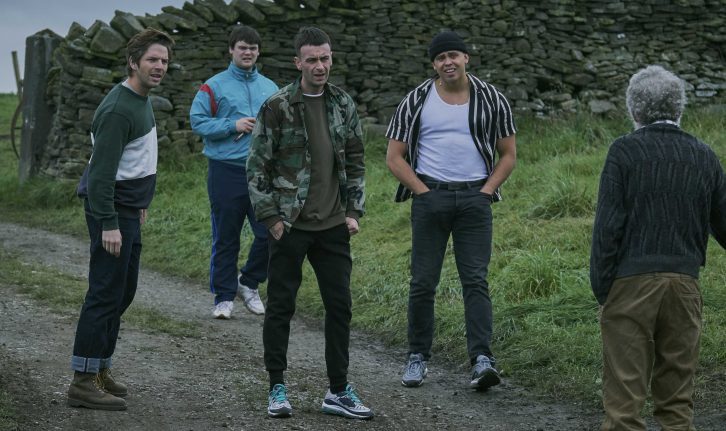
This was exactly the case with Brassic, with changes ranging from logos on clothing to disguising famous cartoon merchandise. “There’s one funny scene, where the main group are drinking from mugs branded with cartoon characters, and the script is very specific as they start to banter about how they match with the different persona,” Hanif explains. “But at a late stage production found that they didn’t have clearance and so we had to spend a lot of time masking the images. We used Fusion to age and fade the mugs and make them look as though they’d been through the dishwasher plenty of times!”
A rooftop recreation
One of the production’s set action sequences became a major project for Hanif and his team. “The lads decide to break into a house through the roof, with one of the group falling through two floors, causing chaos everywhere,” he explains. “Initially this was going to be done on location with stunt performers, however, the decision was made that it was too dangerous.”
The scene was relocated to a studio with greenscreen and an exact 1:1 replica of the rooftop was constructed. This meant to a much greater requirement for the VFX team to deliver the authenticity required. “We spent several days shooting location plates, including on drone-mounted cameras, to get all of the angles for compositing the backdrop,” says Hanif. “Once the sequence had been filmed, we spent a lot of time using Fusion’s precision tools to add the tiniest of details and definition. Moss, lichen and even bird droppings were added to the roof tiles, and as the scene takes place on a cold night, we added breath vapour around the actors’ mouths.”
The sequence lasts around 2-3 minutes and Hanif estimates it was around six weeks of work in total. “That may sound like a huge investment for a scene where you’re actually hoping that the audience doesn’t notice the VFX work, but that is where the power of Fusion lies,” he continues. “The level of realistic detail that can be produced whilst still keeping the workflow quick and efficient is balanced perfectly.”
HDR highlights
Delivering in HDR added an extra challenge for the series’ VFX, for example keeping the balance for light sources scrutinised, particularly during nighttime sequences. “It was a real learning curve, but it came down to careful checks that luma values for elements added in the VFX pipeline married up with whatever was already in shot,” says Hanif. “We felt this most acutely doing day for night replacement work. This is standard practice for VFX teams, but we had to make sure that the car headlights or switching on lights in upstairs’ windows didn’t look out of place across the different final outputs. Sapphire’s Light plug in was incredibly useful for demonising and making sure the effects were realistic and in keeping with the scene’s authenticity.
“Having worked with Fusion Studio since its early iterations, it’s become almost second nature, so handling new challenges like HDR hasn’t been too overwhelming,” concludes Hanif. “I like that its node based structure feels almost like an illustration of its own, and that, I feel, fits very well with the way creative people think and work to find the most appropriate solutions. That, and the speed and simplicity of the GUI, have made Fusion incredibly intuitive, whilst still being extremely powerful.”
